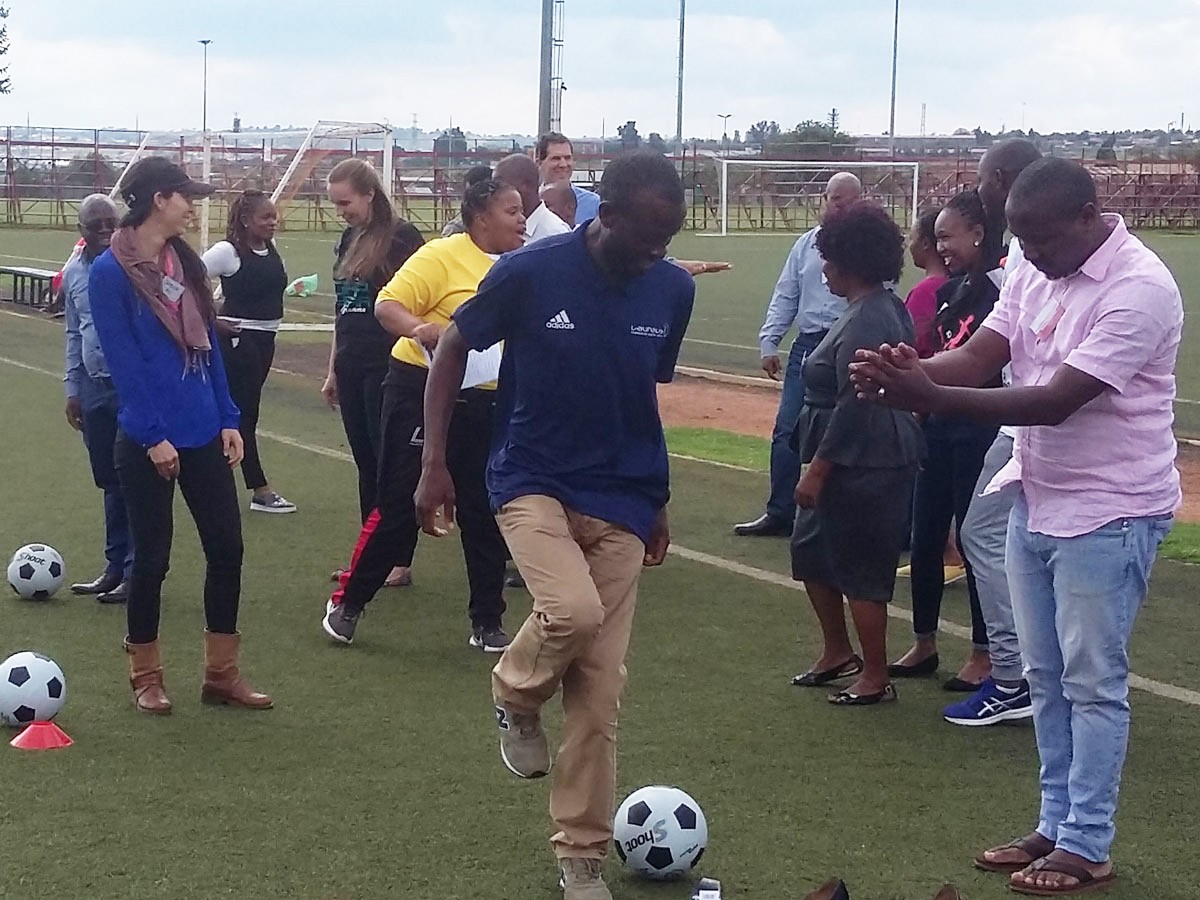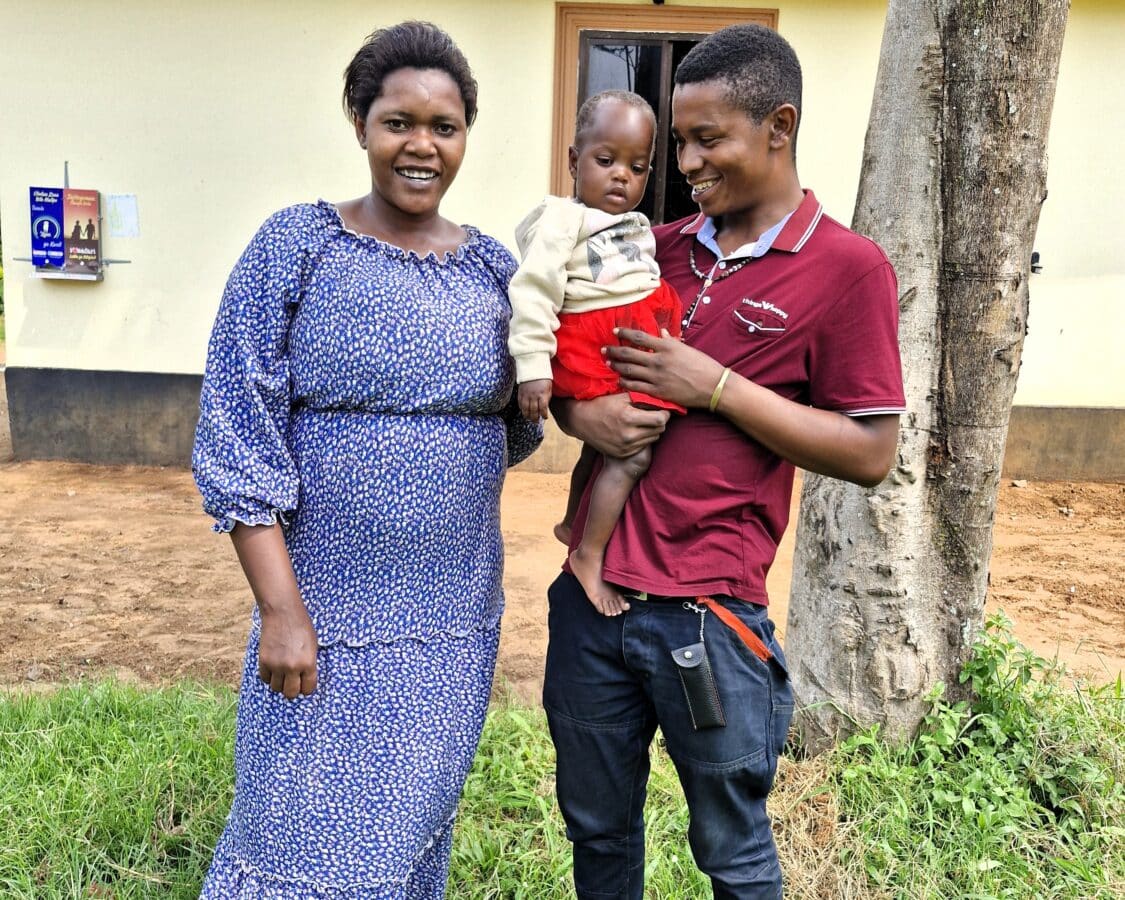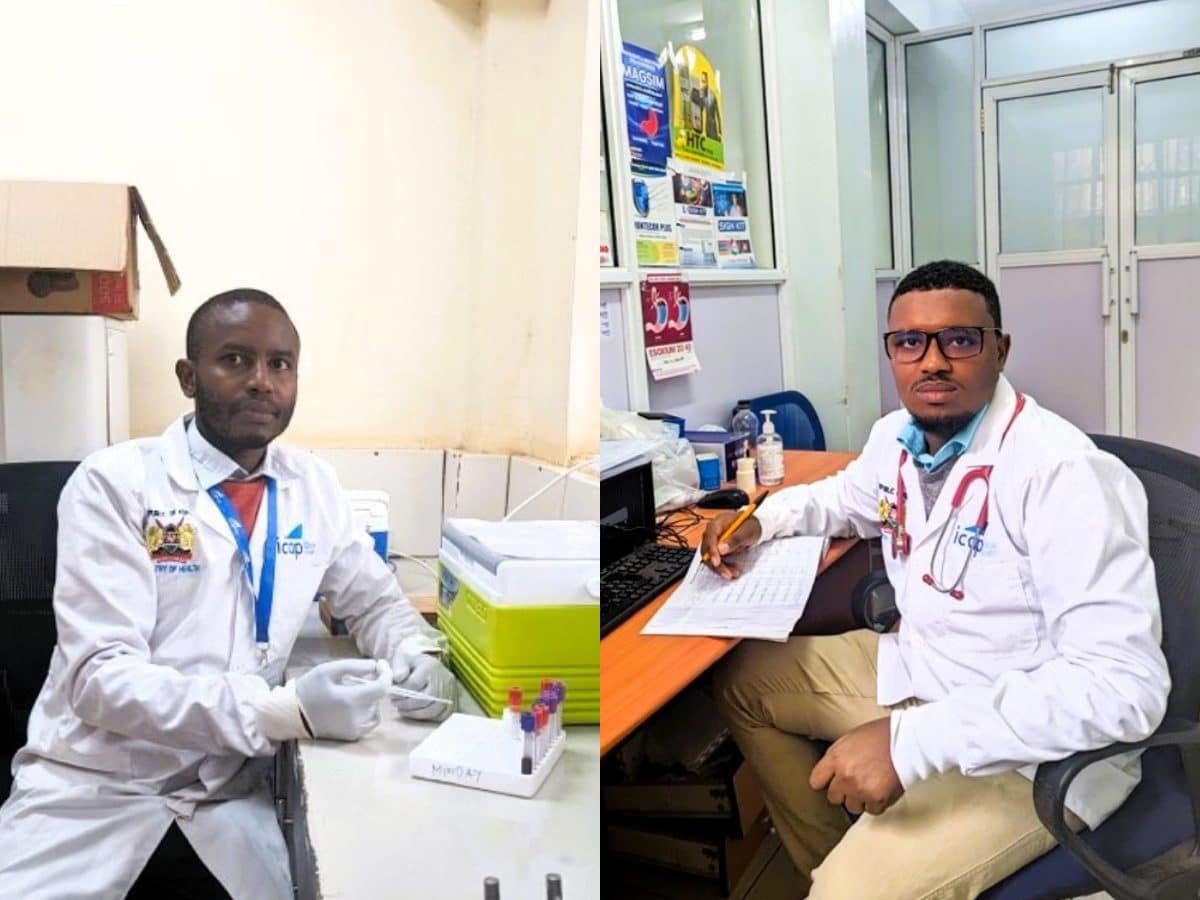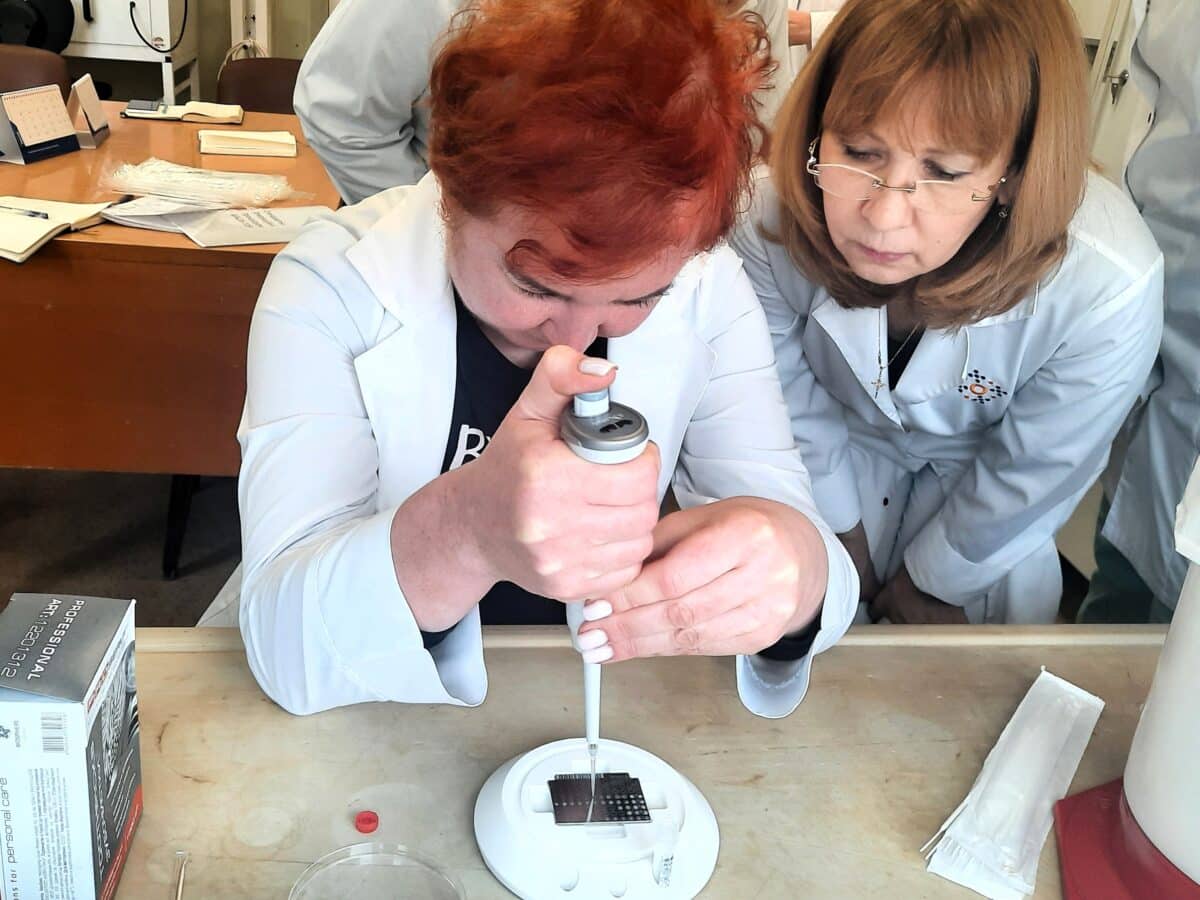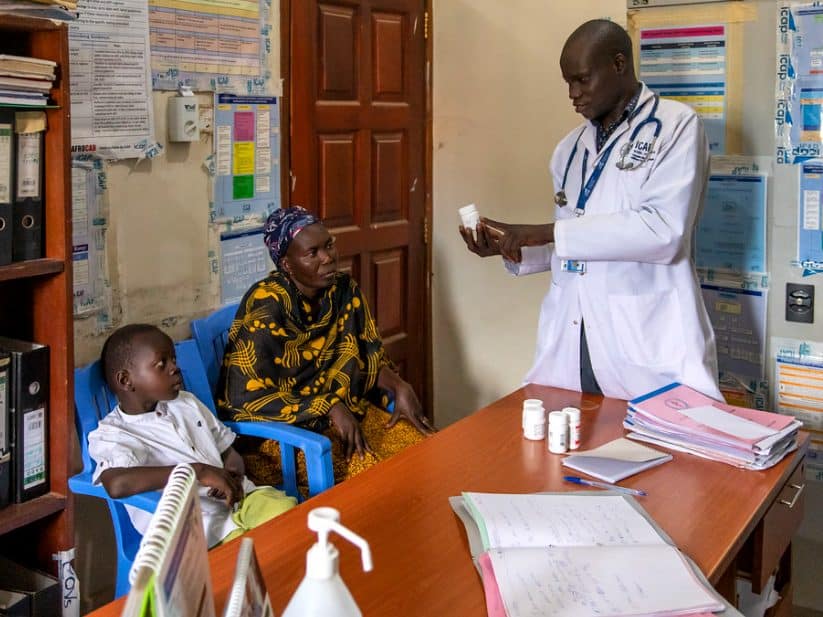What does booting a soccer ball into the back of the net have to do with controlling the HIV epidemic? If you’re a young person in Africa, the answer is: Pass me the ball and I’ll show you!
Thanks to Grassroot Soccer, an innovative organization that is making a difference for adolescents living with HIV and supporting adolescent health, “the beautiful game” is becoming a tool for educating, inspiring, and mobilizing at-risk young people to overcome health challenges and be agents of change for health in their communities.
In an event that energized young people from across the African continent, Grassroot Soccer hosted the inaugural Adolescent Health Partnership Forum (AHPF) in Soweto, South Africa from April 10-12 and ICAP was a part of it.
More than 75 delegates from 14 countries and 54 organizations were on hand to share their knowledge and experiences around promoting the health and well-being of adolescents. Among them was Liyandza Mamba, adherence psychosocial support and linkages advisor for ICAP in Swaziland, who attended the three-day interactive workshop along with special guest Zandile Masangane, from the Swaziland Ministry of Health.
“It was an honor to represent ICAP at the AHPF 2018, and to engage the Swaziland Ministry of Health in this important endeavor,” said Mamba. “The forum gave us an opportunity to learn from other countries and sparked ideas for how to escalate our adolescent program and take it to the next level. In Swaziland, about half our population is under the age of 18, so empowering them with meaningful health information and resources is a top priority.”
Grassroot Soccer hosted the AHPF to harness the power of partnerships, influence the global adolescent health agenda, and achieve collective impact for today’s youth. Each of the three days at the forum focused on one of the Three A’s of Adolescent Health: Assets, Access, and Adherence.
Day one set the stage with a discussion on adolescent health in the context of the Sustainable Development Goals (SDGs). It included sessions on empowering adolescent girls and boys, as well as young women and men, with assets such as health knowledge and confidence to seek and use health services. A youth panel explored how organizations, institutions, and government agencies can reach young people and implement relevant programs, with a special focus on integrating adolescents with disabilities.
“Support from our caregivers is the first thing we need,” said one of the youth panelists. “Some caregivers think that just because we’re adolescents, we’re doing something wrong, like not taking our medication. Second, the government should think of ways to improve how we receive our medicine. For example, anyone can tell that our medicine is for HIVjust by the look of the containers they come in. This can easily expose our status to others.”
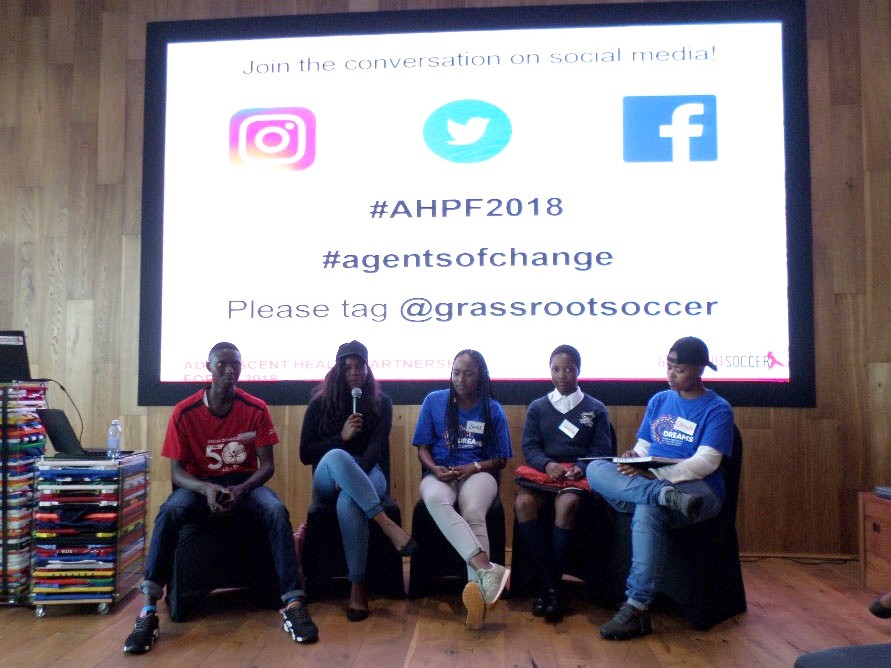
In resource-limited settings, effective partnership, coordination, and sharing of best practices are essential for the optimal outcomes. Day two focused on strategic partnerships to increase adolescents’ access to high-quality health services and gaining insights on how partners can improve collaborative efforts and deliver better health outcomes for young people.
Day three focused on adherence support for adolescents living with HIV, with a panel on best practices for teen club activities and engagement featuring ICAP in Swaziland, Baylor in Malawi, and Elizabeth Glaser Pediatric AIDS Foundation (EGPAF) in Kenya. Young people from three countries submitted videos on what would make programs most effective for them. A later panel looked at a broad range of issues that impact adolescent health, including teenage pregnancy, school dropout rates, sexual abuse, substance abuse, and institutional-level challenges like diminishing funding to support adolescent interventions and the increasing need for partnerships to address resource shortages.
“The forum was an excellent opportunity to explore ways of learning from each other, including benchmarking, sharing of innovations from each country, and information in order to improve services provided to adolescents,” explained Mamba. “The forum also gave adolescents a platform to speak to stakeholders implementing adolescent programs about how to engage them. Ministry of Health participation helps to ensure ownership and sustainability of adolescent health interventions.”
UNAIDS reports that in 2016, approximately two in five new HIV infections among adults in Eastern and Southern Africa were among young people between the ages of 15 and 24, and 70 percent of these infections were among adolescent girls and young women. ICAPhas several projects focusing on adolescents, particularly adolescent girls and young women, and has published training tools and job aids to support health care workers providing adherence counseling for adolescents living with HIV.
“It takes a specialized approach to effectively engage youth and help them understand why taking care of their health is important, and also to motivate and equip them to take action,” said Ruben Sahabo, MD, country director for ICAP in Swaziland. “ICAP’s understanding of the needs of specific populations is reflected in our work in differentiated service delivery, and we look forward to continued growth in the area of service delivery for adolescents and young adults, especially for young women and girls.”


